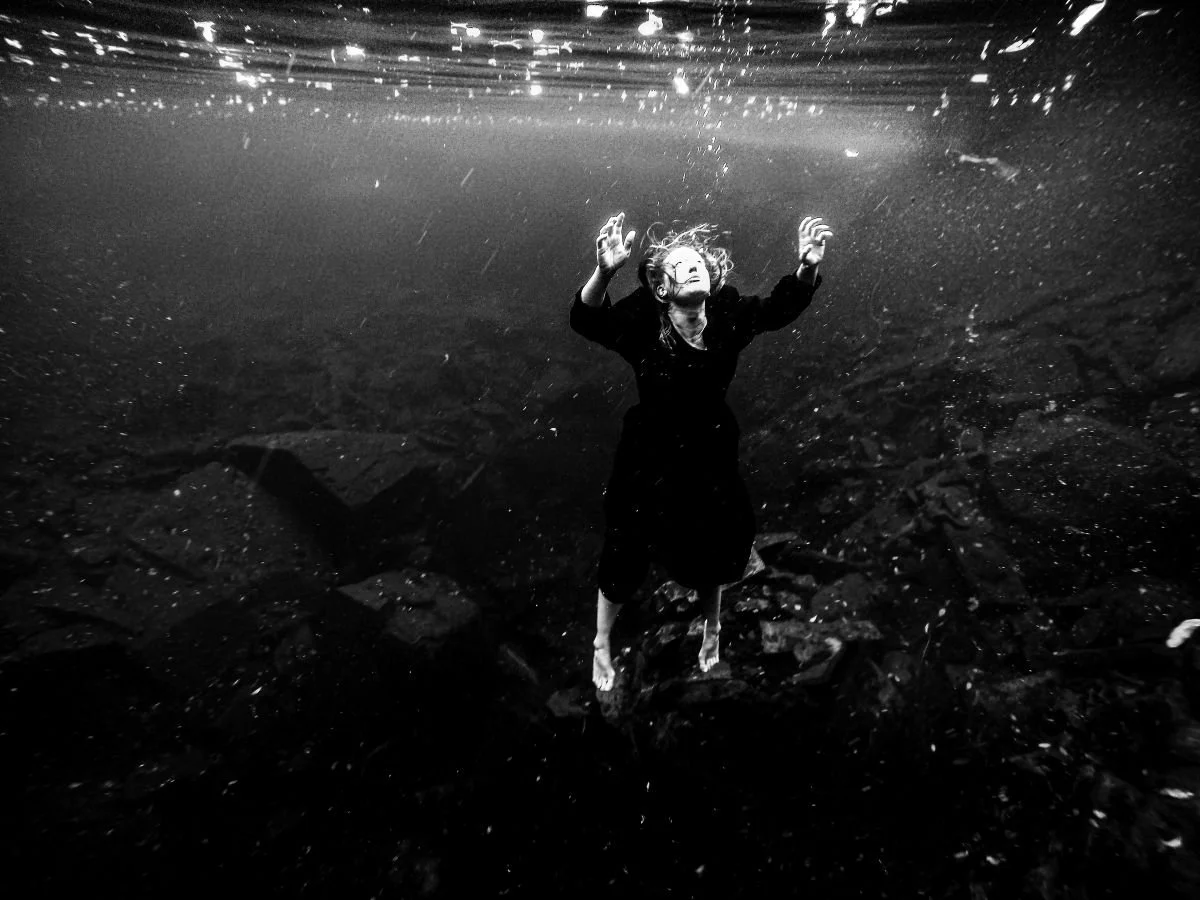Menopause and the Release of Anger
Image courtesy of Katherine Betteridge
There is a common pattern amongst menopausal and peri-menopausal clients who come to counselling – many of them want to “get rid” of their anger which they (and their families and friends) have noticed emerging or exploding as their hormones change.
As a therapist, I don’t believe in getting rid of emotions and I don’t believe it’s just hormones that creates this phenomenon amongst women. I think it’s a release from years and years of females holding their anger down. In the therapy space, I have often witnessed women finally allowing themselves to experience angry feelings that have been hidden or squashed due to early family judgements, work place pressure, disapproval in relationships or the critical view of society around the “angry woman”.
In the female experience, their anger is often viewed negatively by those around them. Little girls get told by adults “It’s not nice to be angry”. Female workers are categorised as being “bossy” when they raise their voice to be heard. Mothers are told they are “bad” if they shout at their children. Wives or partners are told they are being “hysterical” or “over-dramatic” if they get angry in the home.
(I’m not dismissing the judgement of male anger here, which can also be viewed negatively as dangerous or frightening or controlling. However, I’m going to stay within the female experience here, which is so often ignored.)
Women get used to biting their tongues and swallowing down their anger. Silence can feel safe, but it’s a quiet enemy that slowly chips away at a woman’s soul, turning into the fake-smile of people-pleasing, the subsummation of having to say “yes” when what they really want to say is “no, no, no, NO.” When we hide our feelings - push them down instead of voicing them, minimise them instead of expressing them – we create a pressure cooker of feeling which will eventually build up such a head of steam that it will explode. Interestingly, many pregnant women experience a build-up of anger at various times during gestation. However, anger in women during pregnancy is often dismissed with the words “Oh it’s the baby hormones.” Pregnancy is given a free pass for anger. It is still minimised and written off but it is tolerated to some extent.
Menopausal women unfortunately don’t get such a free pass. Their anger is met with confusion: (“What’s happened to you? You’ve changed. You’re not yourself.”) Sometimes it’s met with rejection: (“I’m not putting up with this. Either sort yourself out or I’m done.”)
Society prefers it if women seamlessly transition into their third age – going from a dutiful daughter, partner, mother, worker, friend - to become the ever-smiling caring, homely, cosy elder or carer who sacrifices her own time or needs for others.
A female who fights against that position or dares to put their own needs first can sometimes find themselves demonised. A woman who starts to examine her life and allows herself to think: “Hang on a minute. What about what I want?” can be vilified for being selfish, their burgeoning anger becomes a stick with which to beat them, another reason for society to turn against them. They are seen as transitioning into a witch – stereotyped as a bitter woman crushed by the loss of her looks, her youth, her womb. The woman is then at risk of turning the anger inwards towards herself, hating herself for her feelings, hating her face and body for ageing.
But what if we look at female anger differently? What if we reject the stereotype of the witch and instead embrace the Jungian archetype of the Crone? The Crone is a powerful goddess that is embedded in ancient cultures symbolising wisdom and intuition – a guide, a storyteller.
In a paper entitled “Reclaiming the Crone: Reimagining Old Age and Feminine Power” the writers Lorna Stevens, Pauline Maclaran and Olga Kravets explain the use of “wise anger” in the archetype: “The Crone does not walk meekly and silently into obscurity…She proclaims her right to be heard and seen and voices anger against injustices….This aspect of the crone will not suffer fools gladly; she will rail against them with passion, energy and purpose….she will not go quietly into the dark.”
Katherine Betteridge, a female artist living in Wales (who also generously donated her photo for this article) explores this theme in her latest film using another powerful archetype - that of the feminine magician Maga. (I’ve enclosed her beautiful film at the end of this article.) In her eyes, menopause is a positive transition into living a more authentic life, being connected to all feelings, connecting to the powerful female collective.
So what if we reframe female anger and embrace these feminine archetypes and the Crone within us? What if we were to allow this anger to sit there so we can ask it: “What are you trying to tell me?”
There needs to be an understanding of anger in women, by women, by surrendering to it and expressing it. Most women are scared to lean into anger. They are fearful of the consequences, of causing harm or offence, of being rejected or abandoned, so they come to counselling to “get rid” of it. This is something that ultimately fails – we cannot get rid of emotion. We can only seek to understand it. So what if we use it as a therapeutic learning experience instead?
Anger is there for a reason. It’s a warning to our core selves, to remind us that something is not sitting right, that there is unfairness or injustice, that our needs are not being met. Finding a way to release our anger safely – in therapy, by writing an angry letter we never post, by dancing or singing it out at the top of our lungs, by screaming in our cars alone, by thrashing a tree with a stick, kick-boxing classes, beating a pillow with our fists, howling into the wind. (Whatever works for you.) It can feel as if we are finally coming up for air, it can feel like catharsis, release, freedom even.
And when we have finished releasing that angry energy in a safe way, something is nearly always revealed underneath. Often it is sadness and grief. Trauma that has been hidden, dreams lost or unfulfilled, loved ones buried or scattered, children growing and flying off, relationships dying. And our own terrifying look into the inevitable void. Once examined and understood, maybe these become feelings that can be shared with close friends or loved ones, to help explain what is beneath the anger, allowing for a calm but assertive communication of needs.
But it is not only the world that pushes down female anger. We, as women, also enable it to happen because we are scared of what lies underneath – painful feelings, fearful feelings. We are scared of what people will think of us. We prefer to avoid and run away or stay stuck in the lesser feelings of anger like irritation or grumpiness, instead of turning towards the pain and looking at it head-on.
Being able to express and contain your anger, whilst being able to acknowledge the sadness and grief that lies beneath, can be one of the biggest kindnesses a woman can show to herself. Simply allowing some time in the day to let off that steam, where you sit with your feelings – real feelings – is not only a courtesy to yourself but a huge act of self-love. And the more we get used to that, the less the sadness and the anger consumes us.
So next time you are about to dismiss your anger and blame it on your hormones, simply start by asking: “What are you trying to tell me?”

